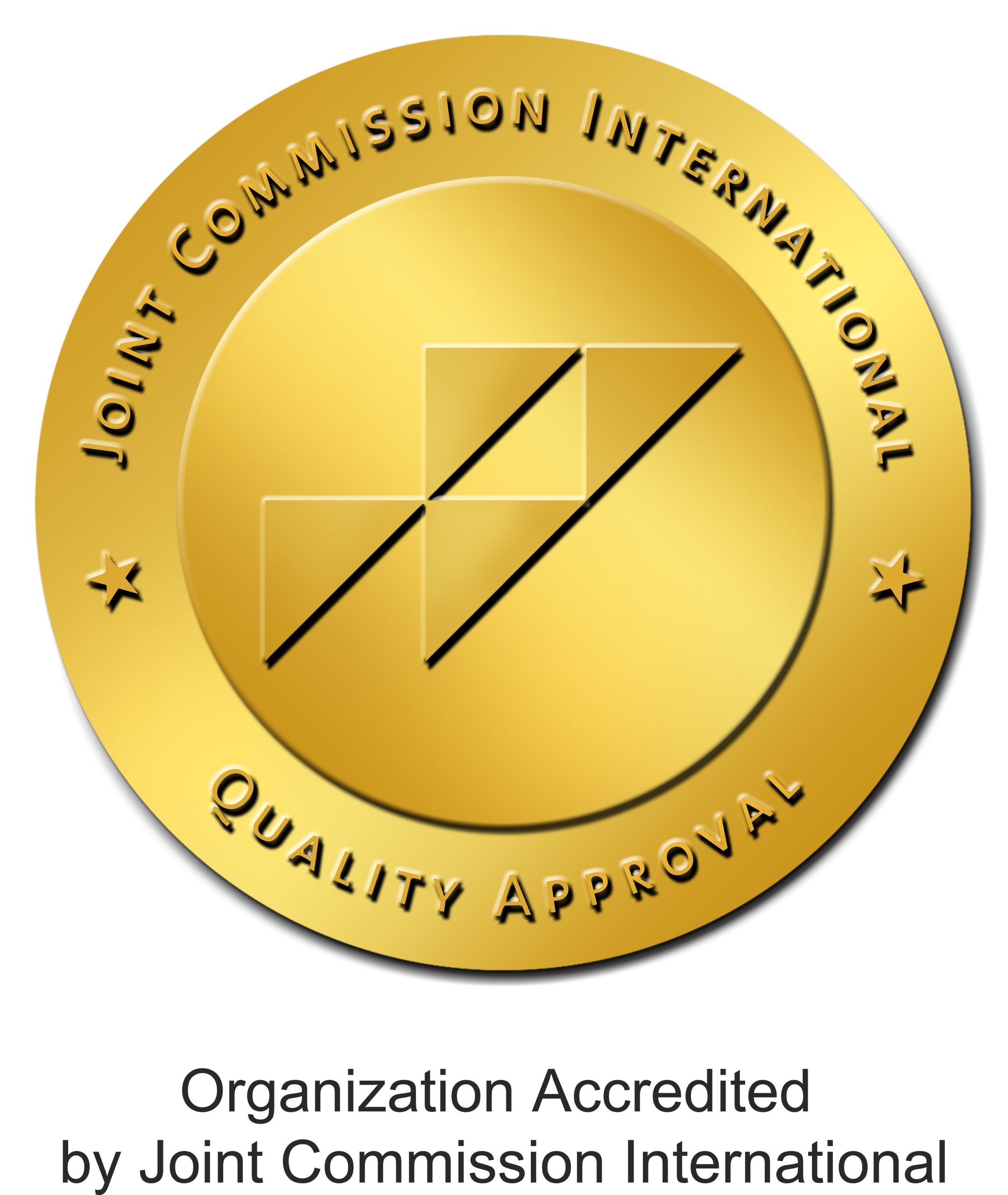Acute stress disorder refers to the anxiety and behavioral disturbances that develop within the first month after exposure to an extreme trauma. Generally, the symptoms of an acute stress disorder begin during or shortly following the trauma. Such extreme traumatic events include rape or other severe physical assault, near-death experiences in accidents, witnessing a murder, and combat. The symptom of dissociation, which reflects a perceived detachment of the mind from the emotional state or even the body, is a critical feature. Dissociation is also characterized by a sense of the world as a dreamlike or unreal place and may be accompanied by poor memory of the specific events, which in severe form is known as dissociation amnesia. Other features of an acute stress disorder include symptoms of generalized anxiety and hyper-arousal, avoidance of situations or stimuli that elicit memories of the trauma, and persistent, intrusive recollections of the event via flashbacks, dreams, or recurrent thoughts or visual images.
If the symptoms and behavioral disturbances of the acute stress disorder persist for more than 1 month, and if these features are associated with functional impairment or significant distress to the sufferer, the diagnosis is changed to post-traumatic stress disorder. Post-traumatic stress disorder is further defined in DSM-IV as having three subforms: acute1 (< 3 months’ duration), chronic (> 3 months’ duration), and delayed onset (symptoms began at least 6 months after exposure to the trauma).
By virtue of the more sustained nature of post-traumatic stress disorder (relative to acute stress disorder), a number of changes, including decreased self-esteem, loss of sustained beliefs about people or society, hopelessness, a sense of being permanently damaged, and difficulties in previously established relationships, are typically observed. Substance abuse often develops especially involving alcohol, marijuana, and sedative-hypnotic drugs.
About 50 percent of post-traumatic stress disorder cases remit within 6 months. For the remainder, the disorder typically persists for years and can dominate the sufferer’s life. A longitudinal study of Vietnam veterans, for example, found 15 percent of veterans to be suffering from post-traumatic stress disorder 19 years after combat exposure (cited in McFarlane & Yehuda, 1996). In the general population, the 1-year prevalence is about 3.6 percent, with women having almost twice the prevalence of men (Kessler et al., 1995) (Table 4-1). The highest rates of post-traumatic stress disorder are found among women who are victims of crime, especially rape, as well as among torture and concentration camp survivors (Yehuda, 1999). Overall, among those exposed to extreme trauma, about 9 percent develop post-traumatic stress disorder (Breslau et al., 1998).



